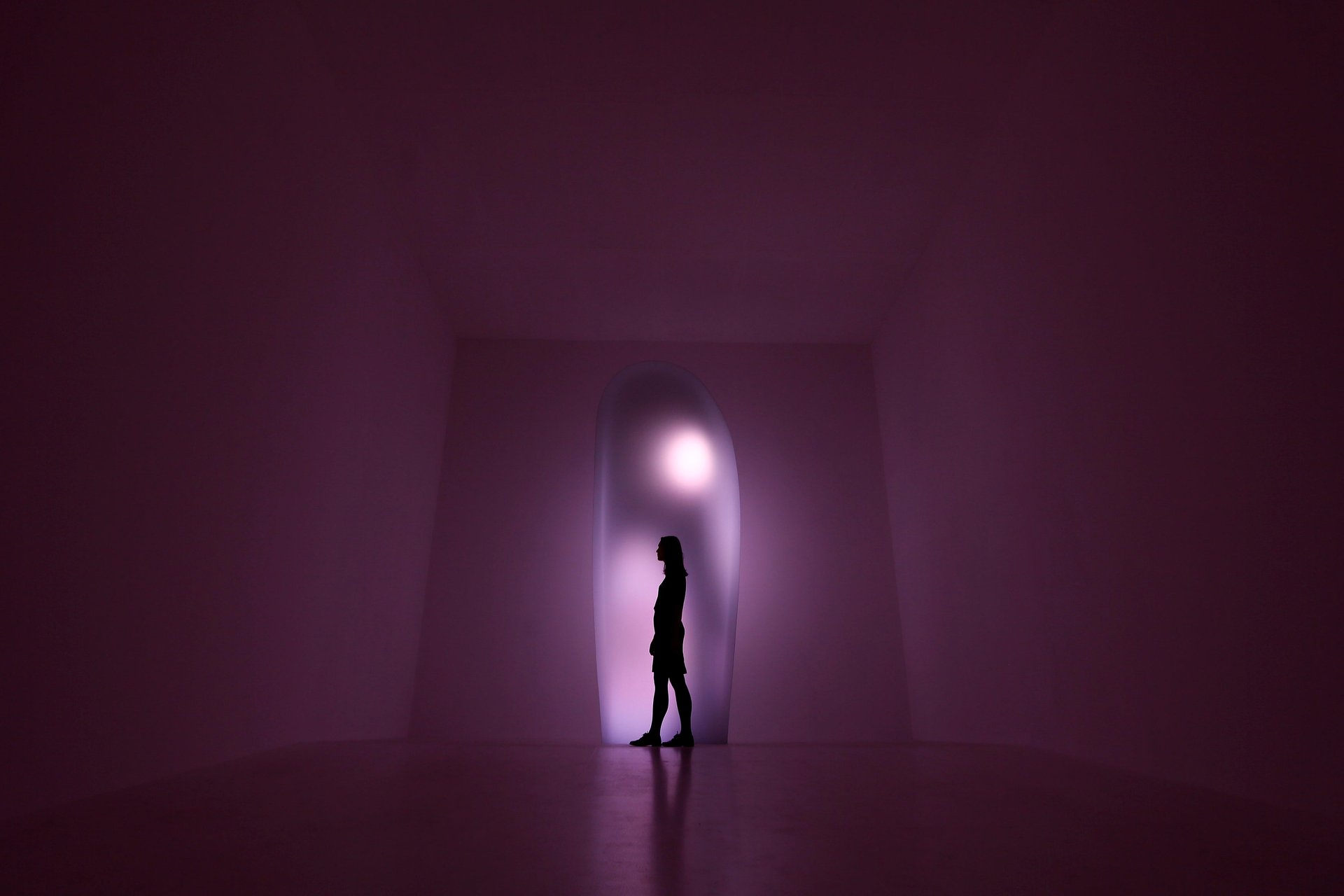In the future, moving houses will be just a matter of uploading and downloading furniture
This story is part of What Happens Next, our complete guide to understanding the future. Read more predictions about the Future of Home.


This story is part of What Happens Next, our complete guide to understanding the future. Read more predictions about the Future of Home.
A home meets the same basic needs as a cave did 10,000 years ago: a safe place protected from the elements, enemies, and predators. It also provides privacy, a place to eat, sleep, and rest, and a location to call your own and store your belongings.
Technology hasn’t changed those needs significantly. It’s just changed the ways in which they are met.
A number of social and technological developments are converging to change what we want from our homes. One trend among millennials is that they are more experience-focused and less materialistic than previous generations. Many of them will be restricted from home ownership because of price disparities, and they will also live more nomadic lifestyles. They therefore won’t want to accumulate lots of possessions that need to be moved when they rent a new place or move to a new city. Instead, they’d prefer to spend any spare money on going out, holidaying, having fun, and making memories.
Combine this with the rising costs of housing and an ever-increasing urban sprawl, and our current notion of home as an intimate, unique sanctuary becomes harder and harder to attain. As more people move to urban areas, more homogenized skyscraping apartment buildings are built, and less people are able to afford to create a personalized home that feels truly theirs, society will need to find ways to reinvent our emotional connection to the four walls in which we live.
Community housing may find its solution in a new technology: augmented reality. Advancements in AR are already being used in our homes in smaller ways. People can now use AR to see how a new extension might look, or how new kitchen units, bathroom suites, or even furniture and curtains might look in situ before they commit to buying them. In this way, we are able to visualize our ideal interiors without the actual presence of furniture and paint jobs.
But what if instead of actually buying a new couch, you could just upload an image of it onto your old one? In the near future, visors that appear to superimpose data or computer imagery onto anything you’re looking at will become commonplace. Some will use lenses and conventional displays (such as Microsoft’s Hololens), and others will use direct retinal projection (such as Magic Leap). Why own a fancy, expensive wall hanging when you could just project it?
By using AR, we will be able to superimpose digital architecture and design onto any surface, then add a few pets, plants, aliens, zombies, or whatever else you like roaming around your living room. AR visors will provide virtual TVs without the need for a physical screen, so you wouldn’t even need to buy those: You could lie in bed and watch Netflix on your ceiling instead.
This would change the way that we live. With minimal possessions and our home’s “skin” loaded in the cloud, you could rent a very small flat, put your small collection of essential furniture and gadgets in it, and use AR to make the rest look like a super luxurious penthouse suite. Combining virtual and physical worlds means you don’t even need windows: Instead of looking out onto a run-down street, you could make a virtual window that projects a beautiful forest, beach, or exciting cityscape. Whenever you move, you could simply reconfigure your settings to the parameters of your new space and feel right at home again.
With high housing demand, rapid population growth, and a low supply of cheap accommodation, this could help solve a major problem. Small, cheap flats that only need simple architecture are already being 3D printed cheaply and easily, and this demand will go up as costs continue to plummet. Soon we could also have residential buildings that act like vertical cities, with hundreds of floors for recreation, business, keeping fit, eating out, socializing, and hundreds more for administrative and support functions. When we’re living in mass-residence buildings where we can personalize our boxes using AR headsets, residents might rarely need—or want—to leave, and tribal bonds may form that separate them from those in other mega-buildings.
It is in areas such as this that we need to show great care. Technology can deliver some very exciting possibilities for future buildings, but without appropriate thought, new social problems could result that are straight out of sci-fi dystopias. And we can’t simply take our headsets off to make them go away.
This story is part of What Happens Next, our complete guide to understanding the future. Read more predictions about the Future of Home.